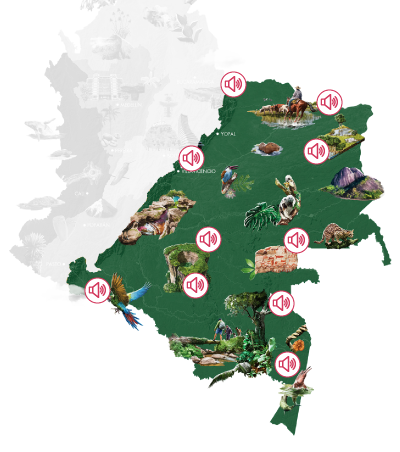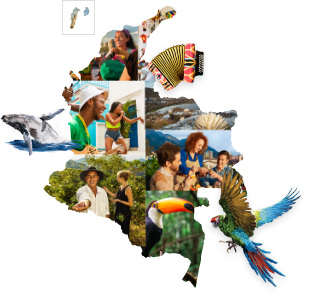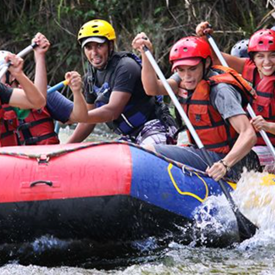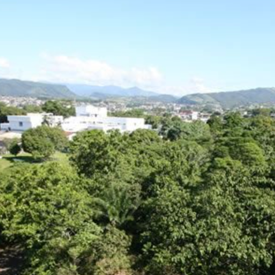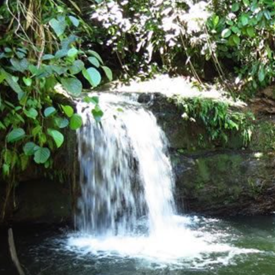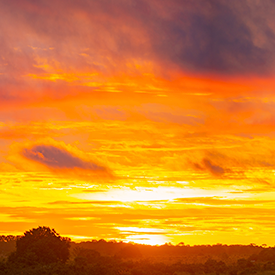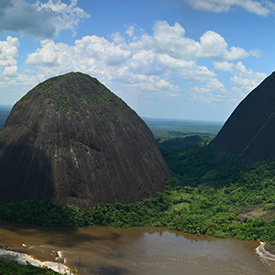The department of Guaviare, a legacy for the world
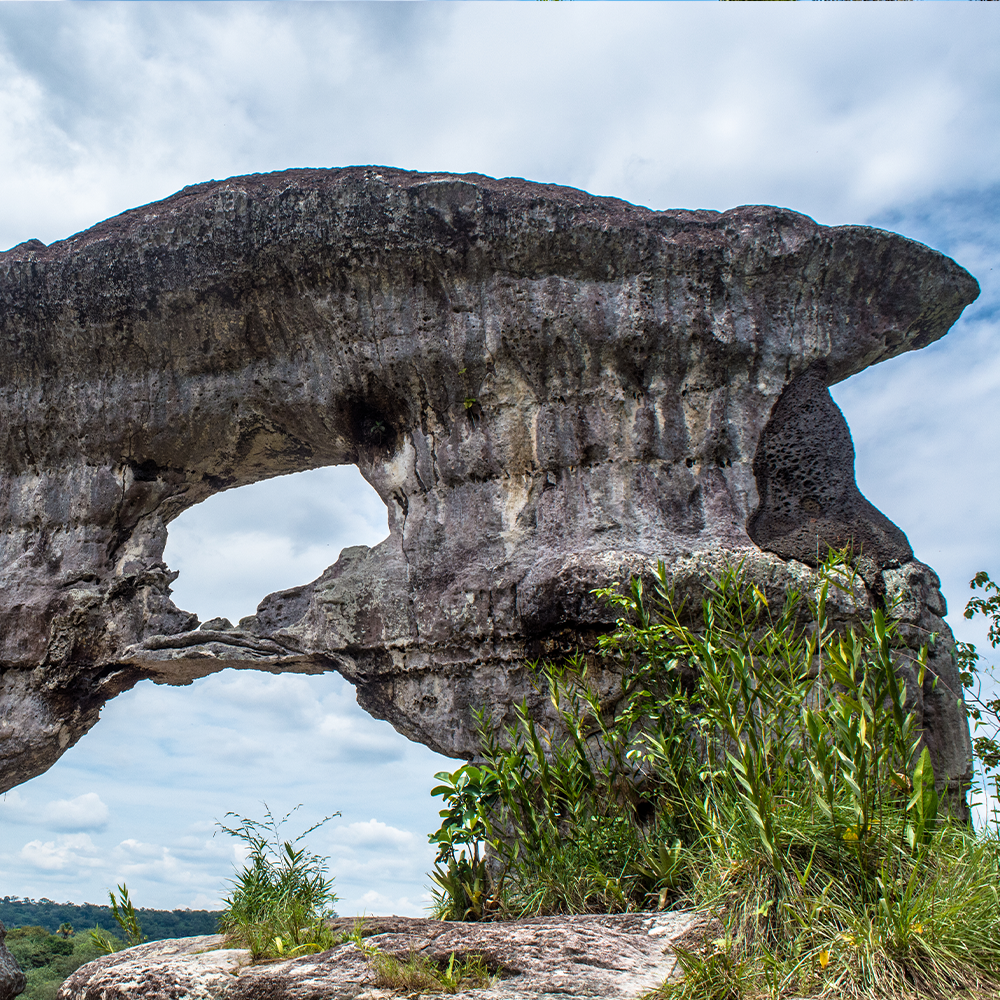
Credit: Julio Duarte // Shutterstock.com
El Guaviare, Colombia, is a destination of ancestral and contemporary culture. An unexplored place where it is possible to recognize the majesty of nature and archaeological sites.
This department belongs to the tourist region of the Colombian Amazon-Orinoquía and is part of the green heart of Colombia. It is an enclave of biodiversity, and an area of cultural importance where you can see the petroglyphs, representations that reflected the thought made by the first indigenous peoples who inhabited the territory.
Oral Culture
In Guaviare, Colombia, oral tradition is valued as part of the ancestral culture. It is a sacred land in which there are strong connections between people and nature.
The cave paintings that can be seen in the Cerro Azul are a fundamental part of the Guaviare culture. These archaeological sites are the footprint of a millenary civilization. The cave paintings are a historical and cultural landmark, which is part of the identity of the department and is the legacy of its ancestors.
Highlight: Download the magazine about the department of Risaralda, which is one of the greatest natural landscapes of the Coffee Cultural Landscape.
Volensive culture of Guaviare, Colombia
The department is synonymous with multi-ethnic culture. A territory of multiple indigenous peoples, among which are the Nukak, Desano, Guayabero, Karijona, Kubeo, Kurripako, Piaroa, Piratapuyo, Puinave, Sikuani, Tucano and Wanano peoples. These peoples share the characteristic of keeping their own language alive, as well as the preservation of their customs and traditions over generations. The Nukak are the only nomadic people in the world; in addition to being hunters and gatherers.
Ancestral Land
The Guaviare is a millenary land of great magnitude, not only for Colombia but for the world, thanks to its natural resources. There are the oldest mountain formations on the planet, known as Tepuyes. These ecosystems are located in the Serranía de Chiriquibete National Natural Park, a nature reserve located between the departments of Guaviare and Caquetá.
Highlight: Chiriquibete Park is a mixed world heritage site by UNESCO in 2018 thanks to its contribution to biodiversity and natural ecosystems. Also, to the multiple cultural expressions of the community.
Within the tourist offer lies the complex called Lost Cities, in which are Lost City, City of Stone or the Tunnels,The Walls, Gate of Orion and the Natural Bridges. As well as Laguna Negra, Balneario Tranquilandia, Serranía la Lindosa and Laguna Damas de Nare.
El Guaviare is a department rich in water sources, one of the most important renewable natural resources of humanity. In addition to being a tourist attraction, it is also a natural resource whose preservation should be encouraged.
In the department there has also been an extraordinary task that must be recognized and is to reforest the forest, allowing to recover the biodiversity of the territory that had been lost due to the conflict.
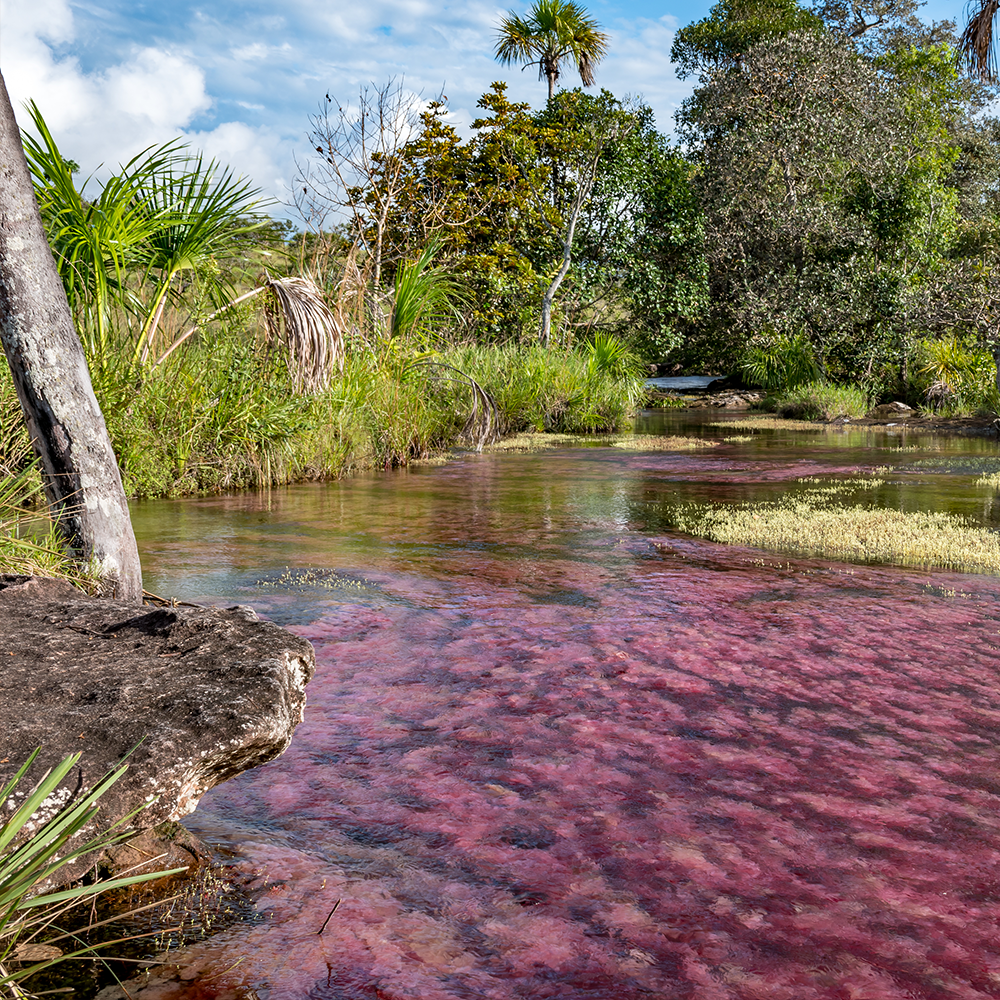
Credit: Gorilonpictures // Shutterstock.com
Photo capt: The shades of colors that the spas take is due to the presence of algae.
Gastronomy Offer
The gastronomy of Guaviare is an emerging offer that complements the hotel proposal of the department. This is thanks to the Territorial Spaces for Training and Reincorporation project in which ex-combatants help the restoration of the territory.
Since this project began, foods such as chontaduro, cassava, corn, banana, rubber, cocoa, pineapple and panelera cane have begun to be grown. Allowing to offer a varied gastronomic offer such as quiñapira, casabe, garza dessert, green banana broth, chicha, sancocho de gallina taparuca or gumarra and moqueado fish.
Highlight: Get to know the magazine about the department of Antioquia, a land in which a great gastronomic variety is offered, typical of the Coffee Cultural Landscape region.
Finally, despite the adversities of the past, the department of Guaviare has small but fundamental natural fragments that have been protected by the indigenous communities, allowing them to continue with the archaeological, cultural and biological legacy of their ancestors. Treasures that today are natural reserves of great importance to continue the legacy of this department.
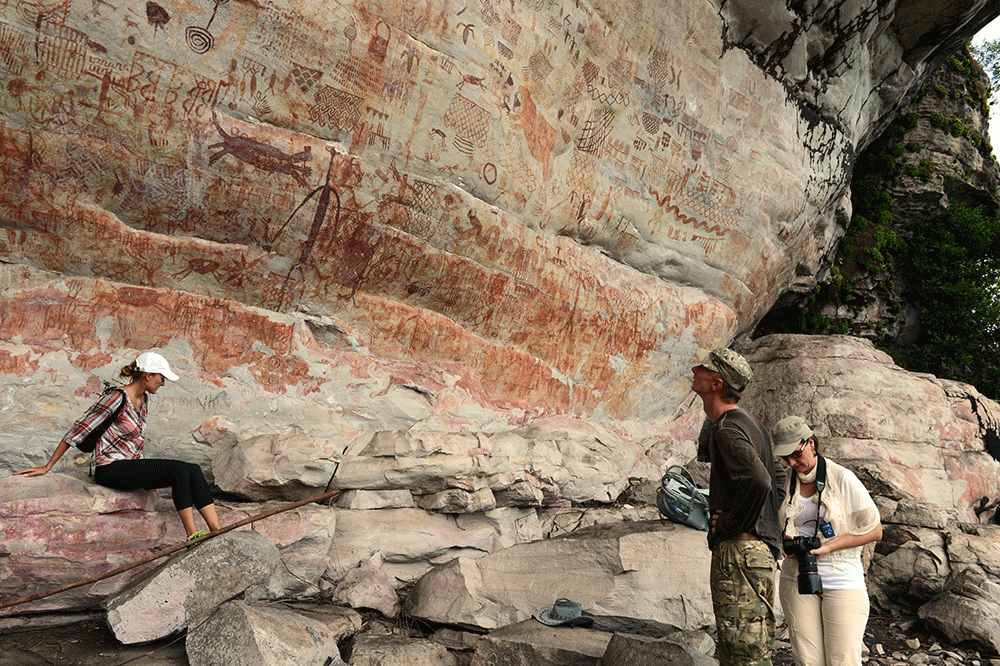
Capt: The sites found in the Guaviare date back to 12045 years a.C.




